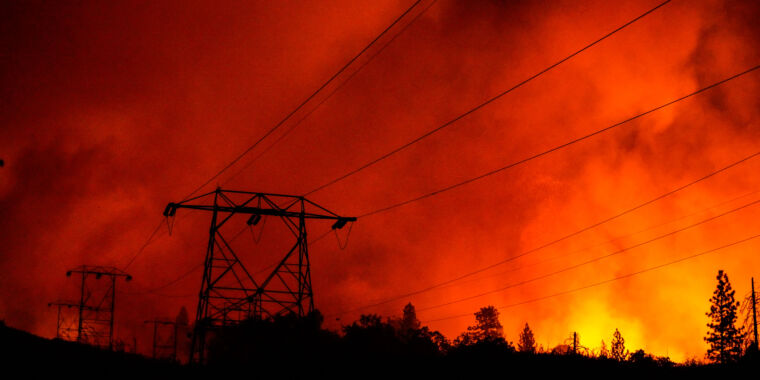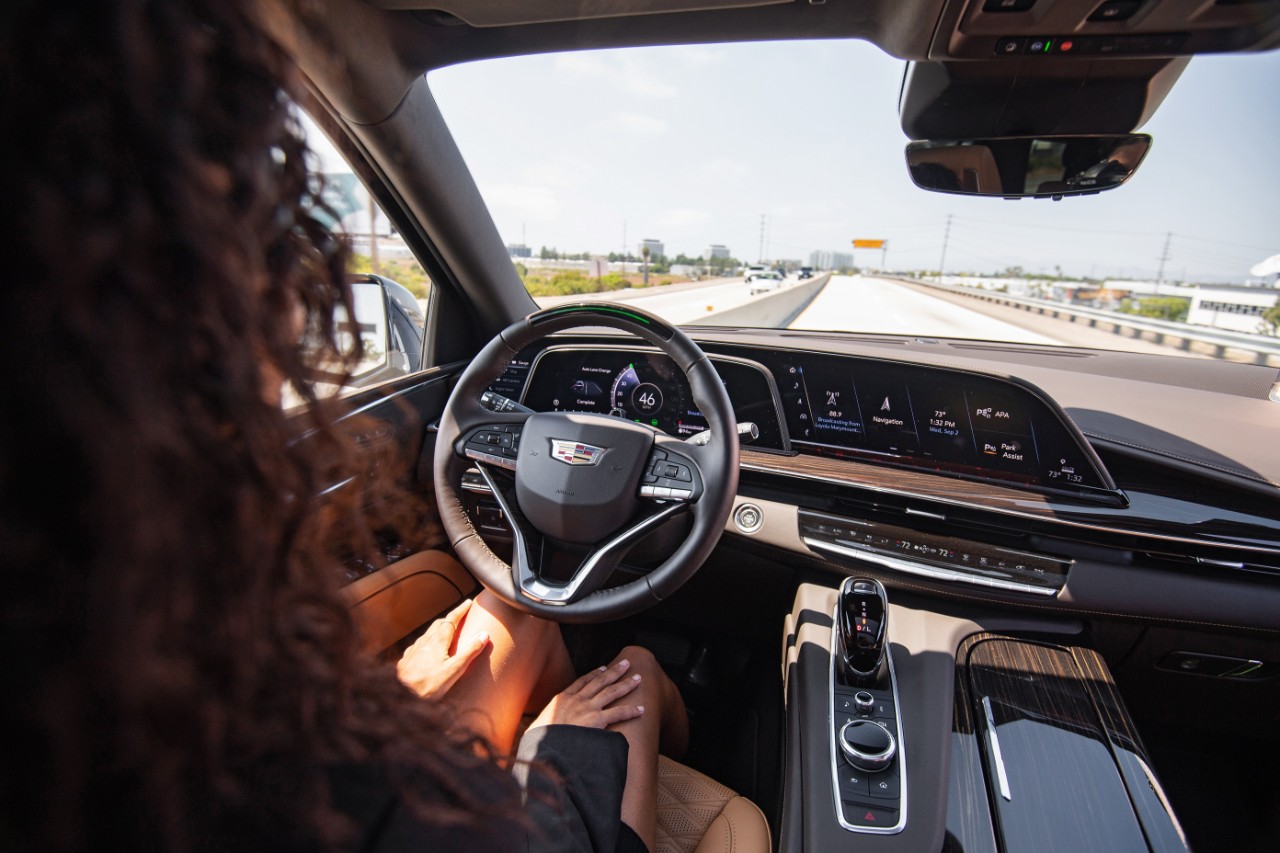insaneoctane
Well-Known Member
It’s also like linked to how power companies and California PUC are conspiring to destroy the value of solar in California….need more people to pay the bill here.
PG&E likely sparks another massive fire, pledges to bury 10,000 miles of power lines
Utility says undergrounding will take 10 years to complete.arstechnica.com
"The utility said on Wednesday that it will bury 10,000 miles of power lines in places that are at the greatest risk for wildfires. The ten-year project will touch 10 percent of PG&E’s transmission and distributions lines, and it will cost tens of billions of dollars."
Burying 1,000 miles of power lines every year will be a herculean task for the company. In recent years, PG&E has been burying only about 70 miles annually. In total, the company owns 20,000 miles of high-voltage transmission lines and 80,000 miles of distribution lines. The utility already has around 27,000 milesunderground, though most of that is not in areas of high fire risk. Burying power lines can be challenging, particularly in hilly and rocky terrain, which describes large parts of California. In fact, the regions that are most prone to wildfire are in some of the most challenging topography."
If only there were a company trying to exponentially increase the speed of boring tunnels while exponentially lowering the cost.
Does make you wonder if this decision wasn’t driven in part by market data that shows people run-do-not-walk to get home solar and battery systems when their power has been (repeatedly) shut off due to fires or in order to avoid them.
Save California Solar



